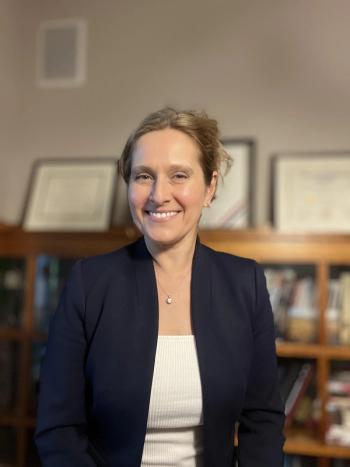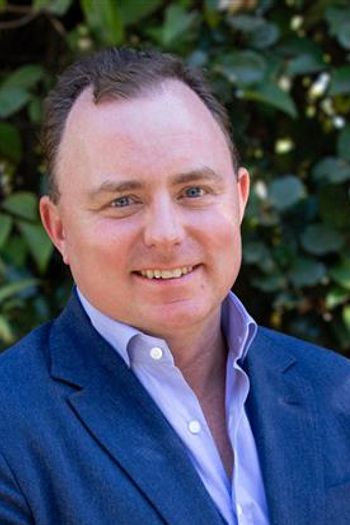
- Medical Economics May 2025
- Volume 102
- Issue 4
- Pages: 19
Untangling practice challenges: Beyond the basics
Key Takeaways
- Occurrence policies cover incidents during the policy period, regardless of claim filing date, while claims-made policies require active coverage when claims are filed.
- Tail insurance extends claims-made coverage post-cancellation, with unlimited and limited options, crucial for protecting against future claims.
Occurrence, claims-made and tail insurance explained.
Check out the full video and materials from this session
INTRODUCTION
Medical malpractice insurance is a critical safeguard for physicians and other health care professionals, protecting them from the financial and reputational risks of malpractice claims. According to a 2024 report from the National Practitioner Data Bank, malpractice claim payouts in the United States reached $4.5 billion in 2023, with a 4.5% increase in the number of claims compared with the previous year.
These figures underscore the growing risks health care professionals face, highlighting the importance of understanding the intricacies of their insurance policies. Being well informed about policy types and coverage options is essential for making sound decisions that ensure both protection and financial security in the face of potential
LEARNING OBJECTIVES
- Understand the differences between occurrence and claims-made medical malpractice insurance policies, including their cost structures and limitations when selecting a policy.
- Learn when tail insurance is necessary and understand its role in extending coverage for incidents that occurred under claims-made policies.
- Understand prior acts (nose) coverage in a new claims-made policy, including how it covers prior work and eliminates the immediate need for tail insurance when switching carriers.
Medical
In contrast, a claims-made policy provides coverage based on when the claim is filed. For coverage to be effective, the policy must be active when the incident occurred and when the claim is made. “If you buy a claims-made policy on January 1, 2025, and carry it for five years but a claim is filed the day after you cancel the policy, it won’t cover the claim,” Wiggins said. In this case, health care providers will need tail
Tail insurance extends coverage after a claims-made policy is canceled, protecting against claims for incidents that occurred during the policy period. It’s usually a one-time payment, required within 30 to 60 days of canceling the policy. Once purchased, it covers any claims made after cancellation.
Wiggins explained two types of tail insurance: unlimited and limited. Unlimited tail provides coverage indefinitely, whereas limited tail offers coverage for a specified period, such as five years. “If you buy a five-year limited tail and your policy ends on January 1, 2030, it will only provide protection for five years after that cancellation date,” Wiggins said. Although limited tail has a lower premium, its shorter coverage period may expose the insured to risk if claims arise after it expires. Wiggins advised caution in selecting a tail policy, as the right choice depends on individual circumstances.
Occurrence policies are typically more expensive than claims-made policies because insurers anticipate long-term liability. However, the major advantage of occurrence coverage is that no tail insurance is required. Claims-made policies, on the other hand, tend to have lower initial premiums, but the premiums generally increase annually for about five years, reflecting the accumulation of more years of potential liability.
A common misconception about tail insurance, Wiggins pointed out, is the protection offered by state statutes of limitations. These statutes limit how long a patient can file a malpractice claim (usually one to five years). However, exceptions exist, such as claims involving the date of discovery (when the patient discovers the injury) and cases involving minors, who can file lawsuits up until age 18. “Unlimited tail insurance provides maximum protection for extended liability periods,” Wiggins said, advising that physicians be cautious when selecting their tail policy.
Wiggins also discussed prior acts coverage (also known as nose coverage), which applies specifically to claims-made policies; it covers previous work when switching carriers. “If a [physician] switches insurers and obtains prior acts coverage, the new insurer takes on the liability of the old policy without gaps in coverage,” Wiggins said. This coverage comes with no additional costs beyond the new policy premium, ensuring a smooth transition without the immediate need for tail insurance. However, tail insurance will still be required once the final claims-made policy is canceled.
Understanding policy limits is also essential, Wiggins said. Policy limits define the maximum amount an insurance company will pay to cover claims. These are typically expressed as “per occurrence” and “aggregate” amounts. For instance, a policy with limits of $1 million to $3 million means $1 million is the maximum paid for a single claim, and $3 million is the total maximum for all claims in the policy period. “Once the policy renews, you get a fresh set of limits for the next year,” Wiggins said.
Another important factor is defense costs. These costs can be inside or outside the policy limits. “If defense costs are inside the limits, they reduce the total available for settlements,” Wiggins said. “The preferred policy type is always one where defense costs are outside the policy limits, as it helps preserve the full amount for settlements.”
Wiggins concluded by comparing premiums for family practice physicians in Florida and South Dakota. Although claims-made premiums tend to start lower, they increase over time as liability exposure grows. Over a five-year period, including the eventual cost of tail insurance, the total expense of a claims-made policy could exceed the cost of an occurrence policy.
Ultimately, the right malpractice insurance depends on each health care provider’s needs, budget and long-term goals. “There’s no one-size-fits-all answer. It really depends on your individual situation,” Wiggins said, emphasizing the importance of working closely with an agent or broker who specializes in malpractice to find the best option.
SOLUTIONS & TAKEAWAYS
- Claims-made policies have lower initial premiums than occurrence policies but typically increase annually as the policyholder accumulates more years of potential liability.
- Tail insurance is crucial to claims-made policies and extends coverage after the policy is canceled, protecting against claims for incidents that occurred during the coverage period.
- Although state-specific statutes of limitations have been established to help protect physicians, exceptions exist and need to be considered when working with an agent or broker to identify a policy.
- If a physician swaps from one claims-made insurer to another and obtains prior acts coverage, the new insurer takes on the liability of the previous policy without any gaps in coverage.
- “The preferred policy type is to always get a malpractice policy where the defense costs are outside of policy limits,” Wiggins said, as this helps preserve the full policy amount for settlements.
Articles in this issue
7 months ago
Can AI slay the prior authorization dragon?7 months ago
Untangling practice challenges7 months ago
Are physicians responsible for AI errors?7 months ago
Untangling practice challenges: Rowing togetherNewsletter
Stay informed and empowered with Medical Economics enewsletter, delivering expert insights, financial strategies, practice management tips and technology trends — tailored for today’s physicians.















